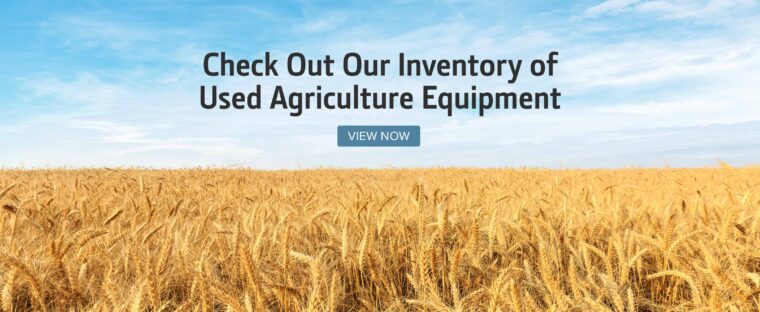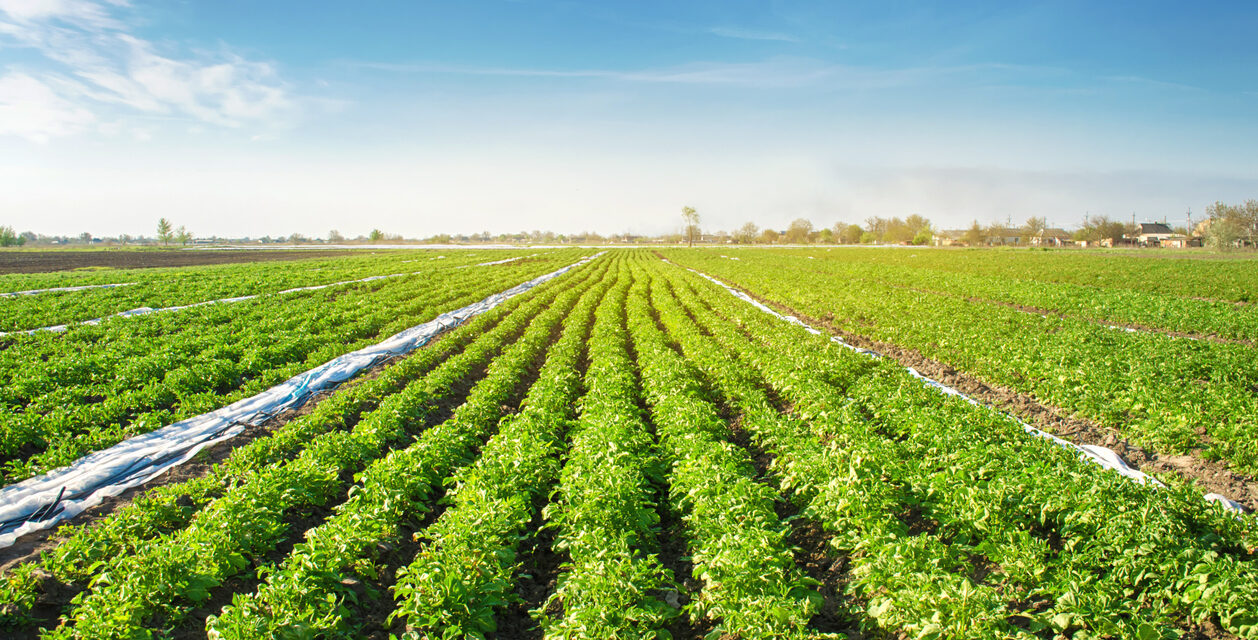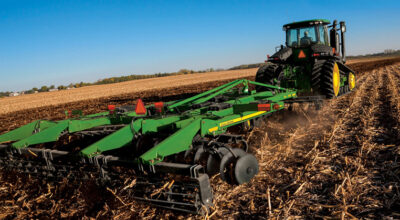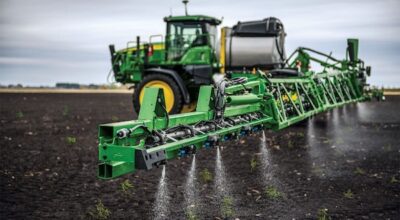Proper crop storage is crucial for maintaining the quality and shelf life of harvested produce, including fruits, vegetables, grains, or any other crop. The principles outlined in this comprehensive guide are essential for farmers and distributors alike. By delving into the science behind crop storage and implementing best practices, both parties can ensure that crops remain fresh, nutritious, and appealing, maximizing the profitability of every harvest.

What Is Crop Storage?
Crop storage refers to carefully preserving harvested crops to maintain their quality and freshness over an extended period. It involves creating controlled environments that minimize the impact of external factors such as temperature, humidity, pests, and diseases. Practical crop storage ensures the produce remains marketable, reducing post-harvest losses and waste.
What Is the Difference Between Grain and Crop Storage?
Grain storage is primarily concerned with preserving cereal crops like wheat, rice, and barley — staples that form the backbone of many diets and industries. It often involves specialized techniques such as aeration, moisture control, and the construction of specialized grain bins to prevent spoilage and maintain optimal quality.
In contrast, general crop storage encompasses a broader range of harvested plants, including fruits, vegetables, and non-cereal crops. It includes various methods like cold storage, canning, and vacuum packaging to maintain freshness and nutritional value. While both types of storage share the goal of minimizing post-harvest losses, their specific requirements reflect the diverse nature of crops and the specific challenges they pose.
What Are the Benefits of Storing Crops?
Properly storing crops keeps produce fresher and longer, but the benefits don’t stop there. Crop storage plays a pivotal role in the success and profitability of farming operations, offering a multitude of advantages:
Longer Shelf Life
Proper storage significantly extends the shelf life of crops, allowing growers to supply fresh produce to markets well beyond the harvest season.
Preserving Nutritional Value
Controlled storage environments help retain the nutritional value of crops, ensuring that consumers receive the maximum health benefits from the produce.
Minimizing Losses
Implementing effective storage practices reduces the risk of spoilage, rot, and physical damage substantially. This proactive approach mitigates post-harvest losses, safeguarding the investment of time, effort, and resources expended during cultivation.
Flexibility in Selling
The ability to time sales strategically is a significant advantage of crop storage. Farmers can wait for optimal market conditions and prices, optimizing their returns and profitability. For example, a farmer might opt to hold back some of a particular crop during peak harvest season and instead sell it later in the year when supplies are more limited and prices are higher.
Ensuring Year-Round Supply
By storing surplus harvests, farmers can establish a consistent supply of crops throughout the entire year. This continuity helps meet consumer demand for fresh produce year-round. It also stabilizes the market, even when seasonal weather conditions make it difficult to grow.
Reduced Food Waste
By preserving the freshness and quality of crops, proper storage practices contribute to a reduction in overall food waste. Less produce is discarded due to deterioration, aligning with sustainability goals and responsible resource utilization.
Reduction in Pests and Diseases
Controlled storage environments act as barriers against infestations by pests such as insects and rodents. Not only do these pests damage crops, but they can also contaminate stored food and spread disease. In addition, proper storage discourages the growth of microorganisms that could cause spoilage and potentially make consumers sick.
Cost Savings
Effective crop storage methods save farmers money by minimizing post-harvest losses due to spoilage, rotting, and damage. In addition, properly stored crops maintain their quality and remain marketable for more extended periods, so that farmers can sell a larger portion of their harvest at optimal prices.
What Are the Best Crop Storage Methods?
Effective crop storage methods play a crucial role in maintaining the quality and longevity of harvested produce. The following crop-storing methods are tailored to various types of crops and their unique characteristics while offering diverse approaches to preservation.
Cold Storage
Cold storage involves maintaining crops within a carefully controlled low-temperature environment. It effectively slows down the natural ripening process by inhibiting enzymatic reactions and microbial growth. This technique is particularly valuable for extending the shelf life of fruits and vegetables. However, different crops have different optimal storage temperatures, so refrigeration unit settings should always be adjusted to match the type of produce it will store.
Freezing
Rapid freezing locks in the quality of crops by preserving their texture, flavor, and nutritional value. It can maintain the integrity of many crops for as long as a year if proper procedures are followed. For example, crops should be sealed in airtight containers before freezing, as exposure to air can dry items out if they remain frozen for a long time. Freezing is especially effective for crops with high water content, like berries.
Vacuum Packaging
Vacuum packaging involves sealing an item in a specialized bag or pouch and then using a vacuum sealer to remove all air from the inside. This prevents oxidative reactions, moisture buildup, and bacterial growth that can compromise the quality of the stored crops. It’s especially effective for grains, nuts, and dried fruits.
Root Cellars
Traditional yet effective, root cellars provide underground storage spaces with controlled humidity and temperature. These are ideal for root vegetables like carrots and potatoes, creating conditions that mimic their natural environment and keep them fresh for prolonged periods.
Drying
By reducing the moisture content of crops, drying creates an environment hostile to microorganisms, which inhibits spoilage and extends shelf life. This method is often used for preserving herbs, spices, and certain fruits. While methods like cold storage maintain crops close to their original state, drying can change a crop’s texture and flavor significantly. For example, drying is what turns a tart, juicy grape into a sweet, chewy raisin.
Canning
Canning entails sealing crops in airtight containers and then subjecting them to high temperatures. This process eliminates harmful microorganisms and enzymes, rendering the produce shelf-stable. A popular method for preserving fruits and vegetables, canning can maintain quality for a year or more, depending on the crop.
Fermentation
Fermentation harnesses the growth of beneficial microorganisms to extend the shelf life of certain vegetables. This method not only preserves the produce but also imparts unique flavors, making it an essential step in preparing foods like kimchi and sauerkraut.
Rotation and First-In-First-Out Method
Whichever storage methods are used, rotating stored crops on a first-in-first-out basis is important for preserving freshness. Consistently using the oldest produce and storing newly harvested items minimizes the risk of spoilage and ensures the freshest crops are consumed before they deteriorate.
What Equipment Should You Have for Storing Crops?
Different storage methods require different types of equipment. For example, freezing crops or putting them in cold storage requires access to temperature-controlled rooms, refrigeration units, or freezers. In addition, tools like dehumidifiers, moisture meters, and sensors can help farmers maintain proper humidity levels in these areas.
A vacuum sealer and specialized pouches are required to vacuum-seal crops. There are different types of vacuum sealers available, including handheld models for occasional use and larger countertop machines. Canning also requires specialized equipment, such as canning jars with lids and a pressure canner. In addition, most farmers will find it helpful to have general storage equipment such as shelves and bins on hand to keep their crops organized.
Commonly Asked Questions About Crop Storage
How Do You Store Crops Long Term?
Storing crops for the long term necessitates creating conditions that align with the specific needs of each crop. For instance, root cellars are utilized for root vegetables like carrots and potatoes. These underground storage spaces offer controlled humidity and temperature, mimicking the crops’ natural environment and ensuring their freshness over extended periods. Similarly, other crops may require different strategies, such as cold storage for fruits and vegetables or vacuum packaging for dried goods.
What Is Used to Store Crops?
Many different types of storage containers are used to store crops, depending on the nature of the crop and the chosen storage method. Vacuum packaging and canning require specialized containers that create an airtight seal. By contrast, vegetables in a root cellar may be stored in a simple burlap sack. Using cold storage requires access to a refrigeration unit with the capacity to hold the quantity of crops that need to be stored. Each method caters to different types of crops and their specific preservation requirements, contributing to prolonged shelf life and reduced wastage.
What Do Farmers Use to Store Crops?
Farmers employ a diverse array of storage methods and equipment based on factors such as crop type, available resources, and preservation goals. Depending on the situation, they might utilize refrigeration units, vacuum sealers, canning equipment, or traditional root cellars. The choice of storage method is a critical decision that impacts the quality and marketability of the harvested produce, allowing farmers to cater to consumer demand and maximize profitability.
What Are Two Types of Storage for Harvested Crops?
Crop storage can be classified into two primary types: controlled storage and traditional storage. Controlled storage encompasses methods like cold storage and vacuum packaging, where environmental factors such as temperature and oxygen levels are meticulously controlled. On the other hand, traditional storage involves age-old techniques like root cellars, where crops are stored in conditions that rely on natural elements like humidity and temperature. Both types have their merits and are chosen based on crop characteristics, available infrastructure, and intended duration of storage.

Handle Your Crop Storage With John Deere Equipment
Properly storing crops has a major impact on a farmer’s bottom line. John Deere offers a full lineup of agricultural equipment like moisture meters and sensors to help keep fruits, vegetables, and other produce fresh, whether they’re stashed away in a root cellar or vacuum-packed in plastic.
To find your nearest dealer, check out the John Deere locator.
If you enjoyed this post or want to read others, feel free to connect with us on Facebook, Pinterest, Twitter, or Instagram!



